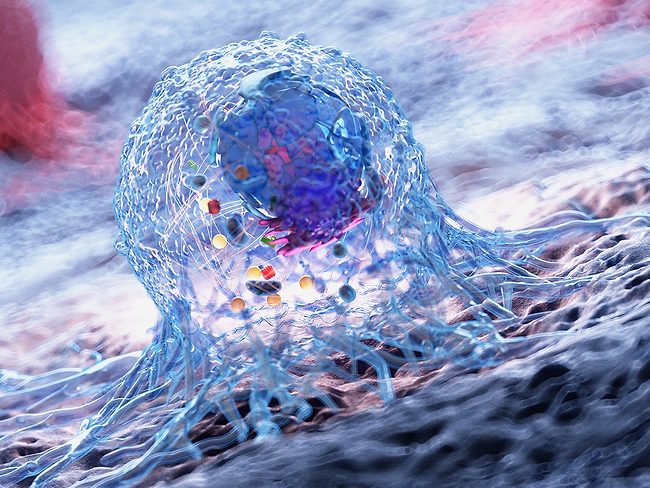
Proteomics
Neurology/Psychiatric
Map of brain autophagic vesicles could be a guide for neurodegenerative research
Read MoreNeurology/Psychiatric
Obsessive-compulsive disorder-related proteins identified in astrocyte compartments
Read MoreNeurology/Psychiatric
Reduced RNA editing reveals mitochondrial dysfunction in schizophrenia
Read MoreEndocrine/Metabolic
New method enables much more detailed look at exerkines, secreted proteins
Read MoreNeurology/Psychiatric





